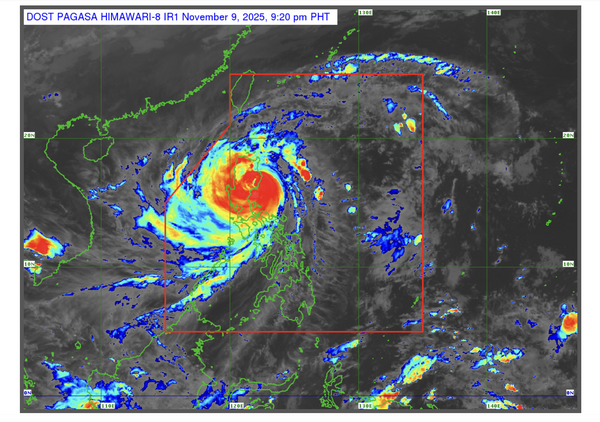
The fortunes of the agricultural sector have a major impact on the prices we pay for essential goods and, therefore, the wider economy. To help you understand what is going on in the economy our highly experienced Kiplinger Letter team will keep you abreast of the latest developments and forecasts (Get a free issue of The Kiplinger Letter or subscribe). You'll get all the latest news first by subscribing, but we will publish many (but not all) of the forecasts a few days afterward online. Here’s the latest…
Farmers have another tough year ahead. Farm income is expected to decline for the second consecutive year after a record 2022. Farm income will fall by $39.8 billion, or 25.5%, in nominal dollars. The bulk of the decline will come from lower cash receipts for crops and livestock, as commodity prices continue to decline after their 2022 spike.
Direct government payments to farmers will also be lower for the fourth consecutive year, reflecting the full phaseout of pandemic-era aid, as well as declines in other forms of assistance. But production expenses will keep climbing, by an expected 4.0%, or $16.7 billion, over last year. Even as the rate of inflation eases, interest expenses are on the rise, as are fertilizer costs after falling in 2023.
Costs will decline in only one major category: Fuels and oils. Federal officials anticipate a 7% drop. Note the current debate over reference prices, on which many farm safety-net programs are based. Reference prices use price and revenue histories to determine when to trigger crop subsidy payments, for example. But critics say they are too slow to update and can leave farmers feeling squeezed in years like this. Congress is debating a fix in the next farm bill.
Higher expenses have up-ended previous benchmarks of farm profitability. Corn, for instance, is holding above $4 per bushel, once a favorable price for farmers, but not now. Stockpiles remain high, and demand will not be enough to absorb them, especially with livestock farmers slashing herd sizes last year because of weak demand and drought. Dry conditions persist in key regions, including the Upper Midwest. Plentiful global supplies, from Brazil, in particular, will ding U.S. exports.
The U.S. is expected to run its largest agricultural trade deficit ever, at $30.5 billion. As exports are pressured by foreign competition and a strong U.S. dollar, imports will rise, eclipsing $200 billion, driven mainly by purchases of foreign beef and pork.
Red Sea terrorism and the Ukraine conflict further complicate the shipping picture. Farmers’ declining fortunes will also hurt agricultural equipment sales. Over two-thirds of agricultural equipment dealers anticipate flat or declining revenue in 2024, though demand for used tractors, combines and more will likely hold up better.
Consumers can expect lower food price inflation. But how much lower? Food price inflation eased from nearly 10% in 2022 to a still-high 5.8% last year. But uncertainty endures. The Department of Agriculture’s midrange forecast is 2.9%, though officials could see the rate exceeding 5% in a worst-case scenario. Beef, eggs, and fats and oils are possible candidates for large upward price swings. Supermarket prices are now 25% higher than they were in January 2020.
This forecast first appeared in The Kiplinger Letter, which has been running since 1923 and is a collection of concise weekly forecasts on business and economic trends, as well as what to expect from Washington, to help you understand what’s coming up to make the most of your investments and your money. Subscribe to The Kiplinger Letter.







